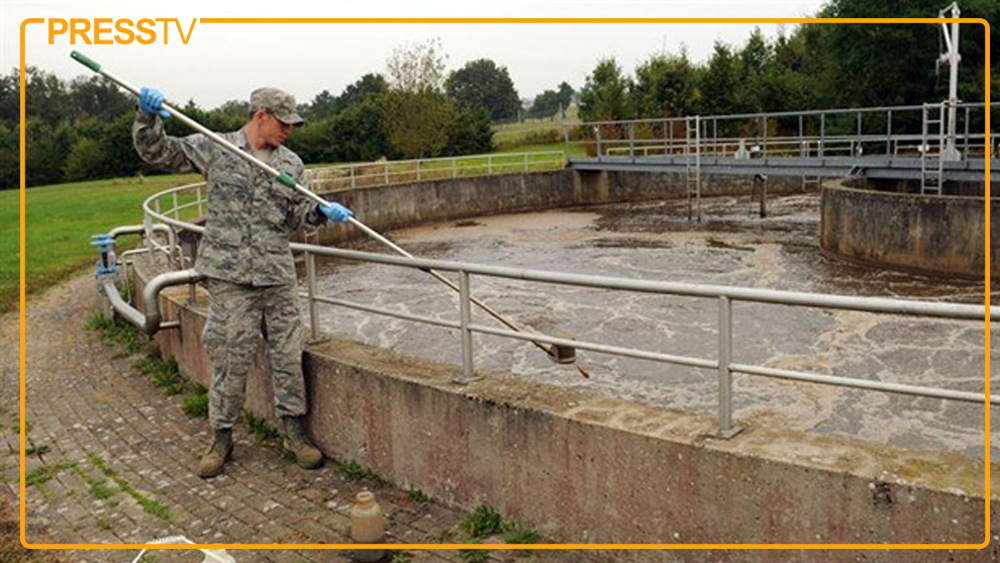TEHRAN (Iran News) – No Trespasser Allowed. The Islamic Republic of Iran has reportedly said its air defense system warned off a U.S. unmanned military drone near the strategic Strait of Hormuz in early hours of Thursday and it is a clear sign for readiness of Iran’s defense system for any wrong doing from alien forces.
The report on the website of the state-run Arabic-language Al-Alam channel identified the drone as an MQ-9 belonging to the U.S. military without elaborating.
Video posted by Al-Alam showed blurred out images of a surveillance room with commanders and radar operators at work warning an “unknown aircraft” not to get close to Iranian borders.
Meanwhile on Thursday Commander of Iran’s Air Defense Force Brigadier General Alireza Sabahi-Fard said the force’s radar and missile systems are at the ready at the mouth of the Persian Gulf and the Sea of Oman to protect those vital waterways against any hostile act.
The commander made the remarks in an inspection of Persian Gulf Security Operations Center (SOC), which is responsible for identification and steering of regional flights as well as interception of targets.
“All radar and missile systems of [Iran’s] Air Defense [Force] are at the ready at the mouth of the Persian Gulf and the Sea of Oman,” Sabahi-Fard said, adding that Iran’s Air Defense Force has evolved from air protection phase into the higher stage of air superiority.
“The security of the Persian Gulf and the Sea of Oman is provided by Iran and the neighboring countries, and the Iranian Army’s Air Defense Force today has the ability to deal decisively and firmly with any mischief causing disturbance to this security,” he noted.
Despite various sanctions and restrictions, as Sabahi-Fard said, the progress of the country’s defense force in the field of design and construction of various radar and missile systems will be further reinforced, and certainly this strength and authority will not diminish.
The senior Iranian commander said a day earlier that the force is keeping “a watchful eye” on Iran’s strategic regions and will not allow any act of aggression by the enemy to go unnoticed.
The remarks come as tensions have simmered in the region after a suspected drone attack late last month on an Israeli-managed tanker off the Omani coast. Two crew members were killed in the attack, which was blamed on Iran by the United States, Israel and Britain. Iran categorically denied the accusation.
The Islamic Republic of Iran has repeatedly warned alien forces of staying away from its borders and air space and it has reiterated that there will be a harsh response to any offence of the enemies. The U.S. forces in the past have experienced Iran’s reaction in the space or on the ground and they have not yet forgotten the shoot down of their sophisticated drone over the Persian Gulf space and missile rain on their Ain Asad Air Base in Iraq.
The Islamic Republic of Iran’s military in recent years has shown its enemies and especially to the world arrogance that it will not give in to any pressure or threats and it will fight till its last blood to defend its rights and territory.
It seems American officials are wise enough not to test Iran’s power and bravery by committing such a stupid act or accusing the country of some rubbish and baseless charges. The Islamic Republic of Iran has, since its advent in 1979, shown the world it respects the international laws and at the same time it will not bow down to discrimination or unilateral and illegal decisions of the world powers.
So the U.S. and Israeli forces or anyone who wants to take hostile attitude against Iran are recommended not to mess with this country because they will have to pay dearly for it. Each time the response may differ and if the response is soft it is not because of its weakness but it is because of the adopted tactic by the senior officials.
The U.S. forces are better to leave the region and the people in the region in order that peace and security is restored because history has shown that foreign forces have been always behind violence and rifts in the countries like what we today see in Afghanistan.





























